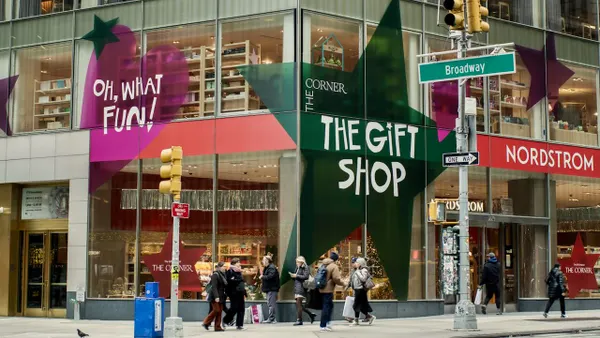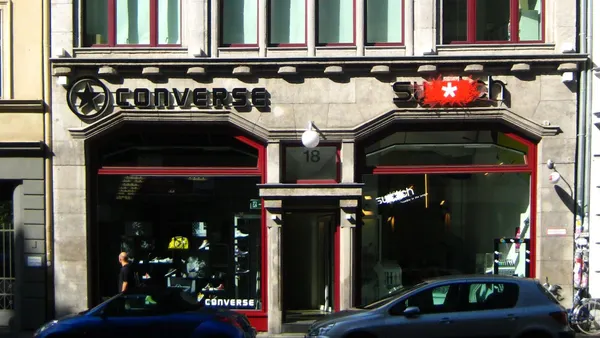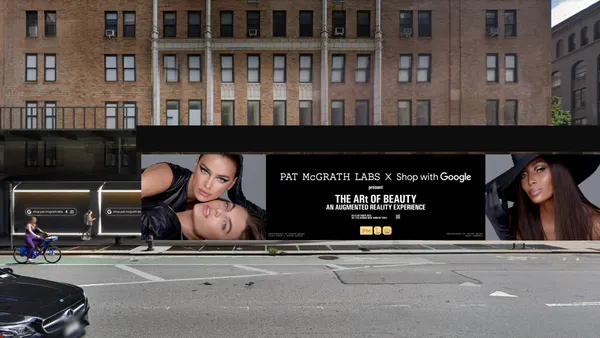Dive Brief:
-
Target pharmacy customers are frustrated with a downgrade in medication labeling since CVS took over Target’s pharmacy operations in stores earlier this year and abandoned the previous system, the Minneapolis Star Tribune reports.
-
In 2005, Target developed an innovative labeling system that was hailed by the Institute for Safe Medication Practices and others because of the clarity of the labels, which include a system to separate different medicines prescribed for various members of a household by color and an easier-to-handle bottle design.
-
Target last year sold its pharmacy business to drugstore giant CVS Health, though pharmacy operations continue within Target stores. The intellectual property of ClearRxSM, the medication labeling system, was part of the exchange.
Dive Insight:
Target’s ClearRxSM was designed by graphic designer Deborah Adler as part of her master’s thesis at New York's School of Visual Arts to curtail medication errors by pharmacists and patients alike.
“Target's initiative to improve the labeling and packaging of prescription medications for patients is commendable,” the Institute for Safe Medication Practices said in 2005 when it was first unveiled. “These changes just might represent a great leap forward in terms of patient safety. We hope that their effort will spark additional improvements and change throughout the community pharmacy industry.”
But the system hasn’t been copied and hopes that CVS would adopt it haven’t been fulfilled. CVS has opted to use the more traditional system in place at its 9,600 pharmacies nationwide, according to the Minneapolis Star-Tribune. Health communications expert Rick Lesaar last year predicted CVS would let down its new Target customers if it did not continue the system.
[W]hile pill bottle design might seem like a minor concern compared to a $1.9 billion transaction, I hope CVS does give it serious consideration,” he wrote on his blog in July 2015. “Continued use of ClearRx at Target’s 1,500+ pharmacies would certainly be a smart move to keep faith with Target’s current customers. Introducing it to CVS’s own pharmacies, which number over 7,800, would provide a new story line to reintroduce and emphasize CVS’s commitment to health care.”
The failure to adopt or expand use of the labeling design could hurt both Target and CVS. Target is already experiencing a hit to traffic after handing over its pharmacy business. Customers who have come to depend on the more clear labeling not only feel disappointed, but they also have less of a reason to opt for a Target-based CVS.
Meanwhile, CVS has made a major push to become a broader healthcare company. While the labeling differentiation might not add much to sales, it could help boost its presence in the fiercely competitive drugstore retail market, especially with the potential merger of rivals Walgreens Boots Alliance and Rite Aid in the works.












